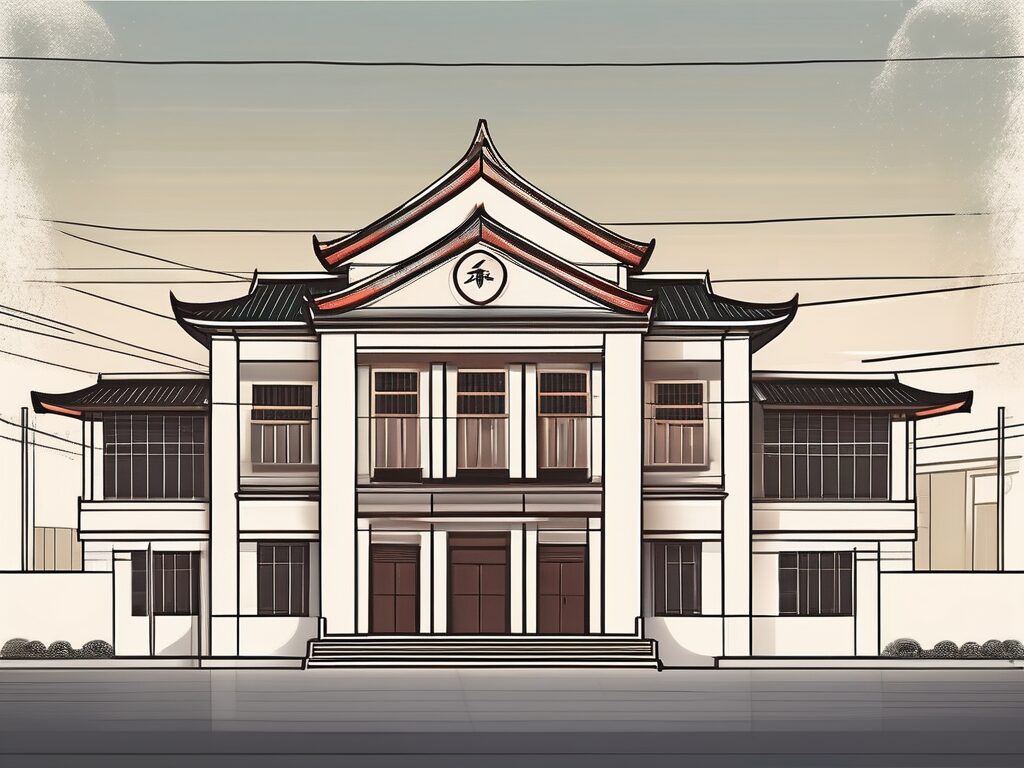Education is the cornerstone of any society’s development, and Vietnam is no exception. Yet, despite significant strides in recent years, the Vietnamese education system still faces numerous challenges. These barriers, ranging from socio-economic factors to infrastructural issues, hinder the country’s progress towards achieving universal education. This article will delve into these impediments, shedding light on the main obstacles that stand in the way of educational advancement in Vietnam.
Socio-Economic Factors
The socio-economic status of a family plays a crucial role in determining a child’s educational opportunities. In Vietnam, this is a significant barrier to education, particularly in rural areas. Poverty often forces children to drop out of school to work and contribute to the family income. The cost of education, including tuition fees, textbooks, uniforms, and transportation, can be prohibitive for low-income families.
Moreover, the disparity between urban and rural areas in Vietnam is stark. Urban areas, particularly Hanoi and Ho Chi Minh City, have better access to quality education compared to rural regions. This urban-rural divide is a significant obstacle to achieving universal education in the country.
Gender Disparity
Gender disparity is another socio-economic factor that affects education in Vietnam. Despite the government’s efforts to promote gender equality, traditional societal norms often favour boys over girls when it comes to education. Girls are more likely to drop out of school to help with household chores or get married at a young age. This gender bias is more prevalent in rural areas and among ethnic minority groups.
However, it’s worth noting that Vietnam has made significant progress in reducing gender disparity in education. The gender gap in primary and secondary education has narrowed significantly, but challenges remain, particularly at higher levels of education and in rural areas.
Infrastructure and Resources
Infrastructure and resources are vital components of a robust education system. Unfortunately, in Vietnam, these are often lacking, especially in rural and remote areas. Many schools lack basic facilities such as clean water, electricity, and adequate sanitation. This lack of infrastructure can deter parents from sending their children to school, particularly girls.
Moreover, there’s a shortage of trained teachers, particularly in rural areas. This shortage affects the quality of education, as teachers are often overworked and underpaid. The lack of resources also means that schools often lack the necessary teaching aids and materials, further hindering the learning process.
Language Barriers
Language is another significant barrier to education in Vietnam, particularly for ethnic minority students. The official language of instruction in Vietnamese schools is Vietnamese. However, many ethnic minority students speak their own languages at home and struggle with Vietnamese. This language barrier can make it difficult for these students to keep up with their peers, leading to high dropout rates.
Efforts have been made to address this issue, including bilingual education programs and teacher training. However, these initiatives have been met with mixed success, and language remains a significant barrier to education for ethnic minority students in Vietnam.
Policy and Governance
Policy and governance also play a significant role in shaping the education landscape in Vietnam. While the government has made education a national priority, implementation of these policies often falls short. Corruption, lack of transparency, and inadequate funding are some of the issues that plague the education system.
Moreover, the centralised nature of the education system can lead to a lack of localised solutions. Policies and curricula are often designed with the majority in mind, neglecting the unique needs and challenges of rural areas and ethnic minority groups.
Curriculum and Assessment
The curriculum and assessment methods in Vietnamese schools have also been criticised for being too rigid and exam-focused. This focus on rote learning and memorisation often stifles creativity and critical thinking, skills that are increasingly important in the 21st century.
Reforms have been proposed to address these issues, including a shift towards student-centred learning and a more holistic approach to assessment. However, these changes will take time to implement and require significant investment in teacher training and resources.
Conclusion
Overcoming the barriers to education in Vietnam is a complex task that requires a multi-faceted approach. It involves addressing socio-economic disparities, improving infrastructure and resources, and reforming policies and curricula. While the challenges are significant, the progress made in recent years gives hope for the future. With continued efforts, Vietnam can move closer to achieving its goal of universal education.
Empower Your Teaching Career with IPGCE
As Vietnam strives to surmount the educational barriers outlined above, IPGCE presents an invaluable opportunity for educators. By joining the UK’s #1 Teacher Training Course, you can enhance your qualifications, increase your chances of securing international teaching positions, and accelerate your career progression. The IPGCE program is tailored to help you overcome isolation by connecting you to a global network of professionals, deepen your understanding of international curricula, and provide flexible study options that fit your busy schedule. Don’t let inadequate credentials or limited advancement opportunities hold you back. Take the next step in your professional development and Join the UK’s #1 Teacher Training Course today.

